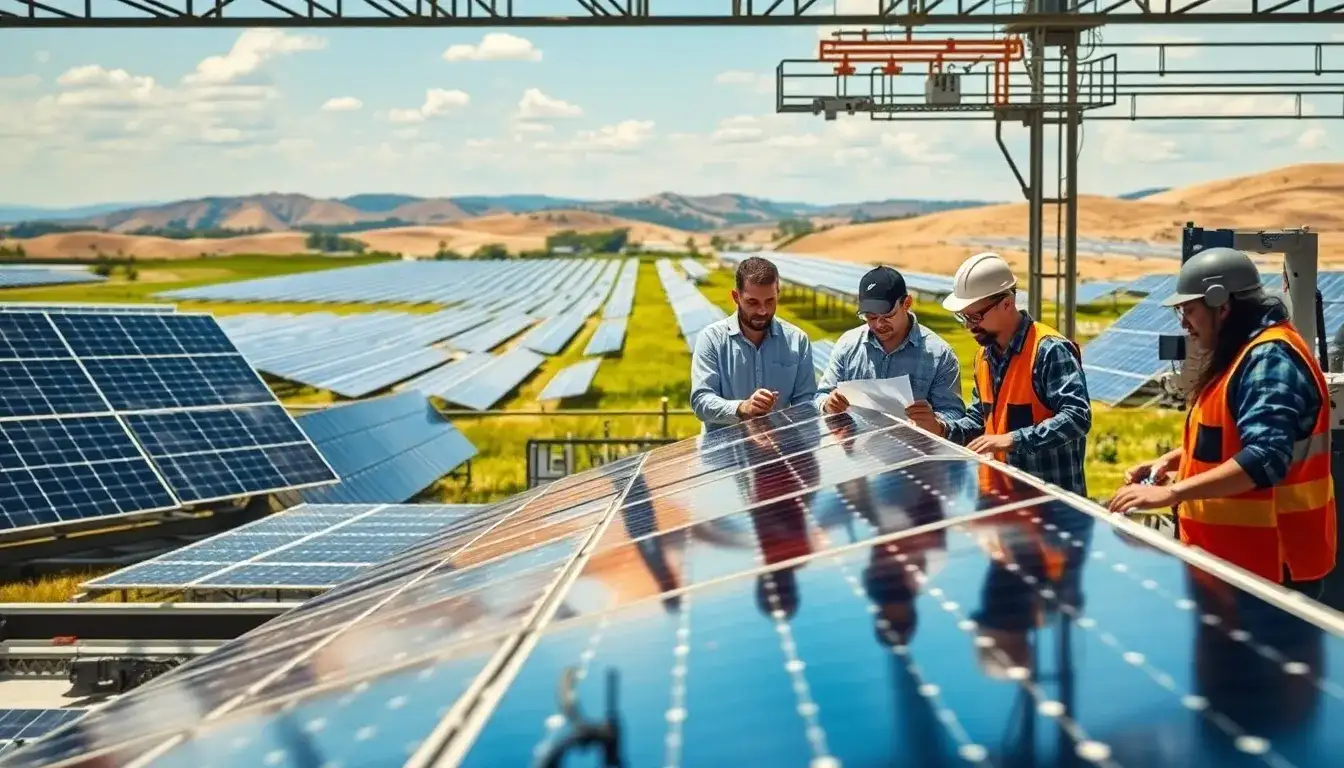
March 15, 2025 – In the rapidly evolving photovoltaic (PV) industry, a significant sales peak has emerged, driven by a surge in installations. This trend has pushed mainstream component prices close to 0.8 yuan/W, rising from approximately 0.7 yuan/W earlier in January.
Experts in the industry believe that the profitability of PV power stations will decrease for projects completed after April 30 and May 31. Consequently, there is an urgent push for installations before these deadlines.
Leading component manufacturers are adopting strategies that either align with market trends or secure long-term contracts to manage the installation rush, all while preparing for a potential decline in demand post-June 1. Additionally, PV development companies are considering reducing channel fees and installation costs to mitigate revenue loss due to changes in electricity pricing. Some installers are even contemplating temporary vacations from the industry, waiting for a more favorable market environment.
After a year of excess inventory, component distributors are now struggling to secure supplies. One distributor shared that after placing an order, they discovered that the factory had allocated their products to another customer. Fearing a loss of clients, they had to negotiate with the factory, which eventually agreed to reallocate the goods. This distributor noted that they had to increase their order prices twice to finally obtain the components needed.
Throughout 2024, issues like high inventory levels, price cuts, and layoffs plagued the PV sector. However, by March 2025, a small sales spike was observed. A PV installer from a southern province reported that the number of projects initiated this year was three to five times higher than during the same period last year.
The goal of these projects is to complete construction before the deadlines set in the policy documents released in mid-January and mid-February. Industry insiders widely agree that projects finished after these dates will see reduced profitability, making the rush to install a necessity.
To address the surge in demand, some leading component manufacturers are cautiously maintaining their current production capacity to optimize utilization rates. At the same time, PV development companies are adjusting their financial models and exploring new operational strategies.
In a recent PV exhibition, a sales representative from an installation company promised prospective clients that their projects would be completed on time, even suggesting they could deploy multiple teams working around the clock, albeit within legal constraints. This company is also acquiring PV projects where investors are eager to connect to the grid before the deadlines, with a total of around 300 MW acquired for this purpose.
The construction of a PV power station typically involves three stages: registration, construction, and grid connection. After obtaining project approval, construction teams begin work, and it usually takes about one month to forty-five days to complete the process. As the deadlines approach, some developers are facing challenges in obtaining project registrations due to slow processing times at local government departments.
Moreover, the rising prices and shortages of components like inverters and brackets are forcing some developers to adjust their plans. A distributor mentioned that second-tier component manufacturers are running low on stock and are now sourcing from lesser-known third-tier companies, highlighting a shift in the market dynamics.
Major PV companies have acknowledged the rush in their communications with investors. Jinko Solar (688223.SH) indicated that with the steady advancement of supply-side reforms and a recovery in demand post-Chinese New Year, coupled with expectations for increased installations, domestic component prices have slightly risen. Trina Solar (688599.SH) noted that the new pricing policies are driving demand for installations in the first half of the year.
The deadlines of April 30 and May 31 stem from recent PV policies issued by the National Energy Administration. The policies stipulate that projects connected to the grid by April 30 can continue receiving full feed-in tariffs, while projects completed after this date will be subject to new pricing structures based on project size and type.
As a result, the dynamics of selling electricity from PV power stations are changing, shifting from a model based on fixed prices to one that incorporates market-driven pricing mechanisms. This shift may significantly alter the revenue models for PV developers.
In preparation for the post-June 1 landscape, companies are considering new operational models. One developer mentioned that they are developing virtual power plant services, allowing them to aggregate and sell electricity generated from multiple PV stations without the need for physical installations.
As companies brace for the future, some installers are contemplating taking breaks from the industry after the rush. Several have indicated plans for vacations, while others are organizing group trips. One installer remarked, “Although I plan to step away temporarily due to declining profits, I intend to return once developers figure out how to profit in the new market conditions.”







